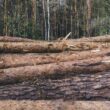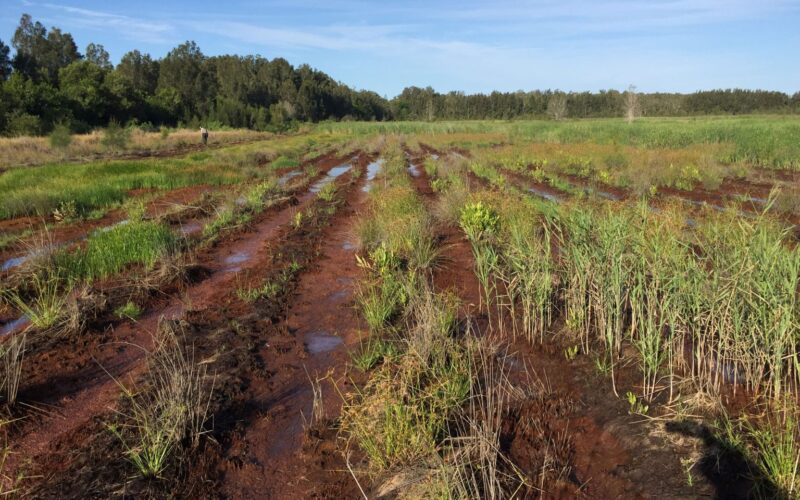The Sunshine Coast is set to launch Australia’s first blue carbon project, creating a vibrant mangrove ecosystem, improving the health of the Maroochy River, and offering potential future income for landholders.
The Australian Government’s Clean Energy Regulator has officially registered the nation’s first Blue Carbon project in the Sunshine Coast’s Blue Heart, located on the lower Maroochy River floodplain, after a thorough research and application process.
Blue carbon refers to carbon stored in marine and coastal ecosystems such as seagrasses, tidal marshes, and mangroves. By rehabilitating and protecting these ecosystems on registered sites using approved methods, carbon credits known as Australian Carbon Credit Units can be generated.
The carbon captured through this initiative may also help offset the Council’s emissions, contributing to its goal of achieving net-zero status by 2041. Following registration, Sunshine Coast Council will start restoring estuarine wetland ecosystems by introducing tidal waters to two Council-owned sites (totaling 165 hectares) in the Blue Heart area.
Sunshine Coast Mayor Rosanna Natoli said this Australian-first project would pioneer the future of Blue Carbon nationally. “This puts our region at the forefront of an emerging industry, and by generating our carbon credits locally we can enjoy the positive impacts,” she said.
Division 9 and Environment and Liveability Portfolio Councillor Maria Suarez said the Council would share learnings on the economic viability of blue carbon farming with other Blue Heart landholders interested in investigating the opportunity for their properties. “Cane farming has been a mainstay in the Blue Heart for generations, but with challenging market conditions, farmers need new ways to generate income. The Blue Carbon Pilot Project is about nurturing opportunities for our landholders, for our local economy, for our community and for our environment, all contributing to a sustainable Sunshine Coast,” Suarez said.
Blue Heart Sunshine Coast is a pioneering project focused on sustainable and adaptive floodplain management within the Maroochy River catchment, driven by a collaborative partnership.
The majority of the Blue Heart project area is privately owned, with land uses including cane farming, cattle grazing, and rural lifestyles. A detailed hydrological report, independently reviewed by CSIRO, confirms that introducing tidal waters onto public lands for the Blue Carbon Pilot Project will not affect nearby private properties.
The project has received $2.036 million from the Australian Government’s Department of Climate Change, Energy, Environment, and Water to support blue carbon ecosystem rehabilitation on public land. Additionally, the Queensland Government’s Land Restoration Fund has contributed $360,000 for research at the project sites. Researchers from four universities are partnering with the Council to monitor and analyze environmental, social, and economic impacts and benefits.
Partners in the Blue Heart initiative include the Council, the Queensland Government’s Department of Environment, Science and Innovation, and Unitywater. The two Blue Carbon Farming Trial sites are adjacent to State-protected areas, Council environmental reserves, and Unitywater’s Yandina Creek Wetland, enhancing the extensive conservation zone within Blue Heart.
Unitywater Chief Executive Officer Anna Jackson said she was pleased to see the Council restoring more areas to expand the strong outcomes achieved at Yandina Creek Wetland. “By re-establishing the Yandina Creek Wetland environment through careful water management, we have been able to return vital plants and micro-organisms to the region which remove nutrients like nitrogen and phosphorous from our waterways,” Jackson said.
She added, “Thanks to these plants and micro-organisms, we have been able to remove an estimated 5.3 tonnes of total nitrogen and 0.5 tonnes of phosphorous from our waterways per year. Beyond the environmental benefit, we are saving our community millions of dollars over a 25-year period by making the most of these natural processes to go beyond compliance into environmental stewardship.”





















